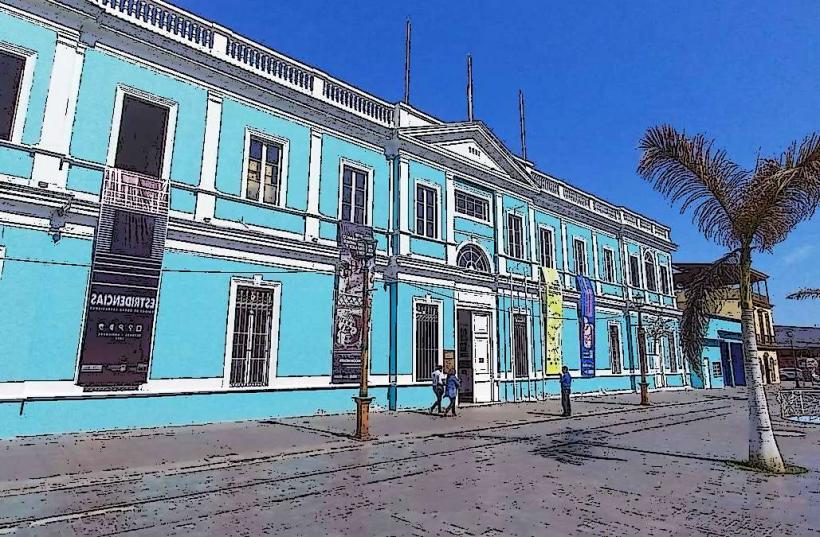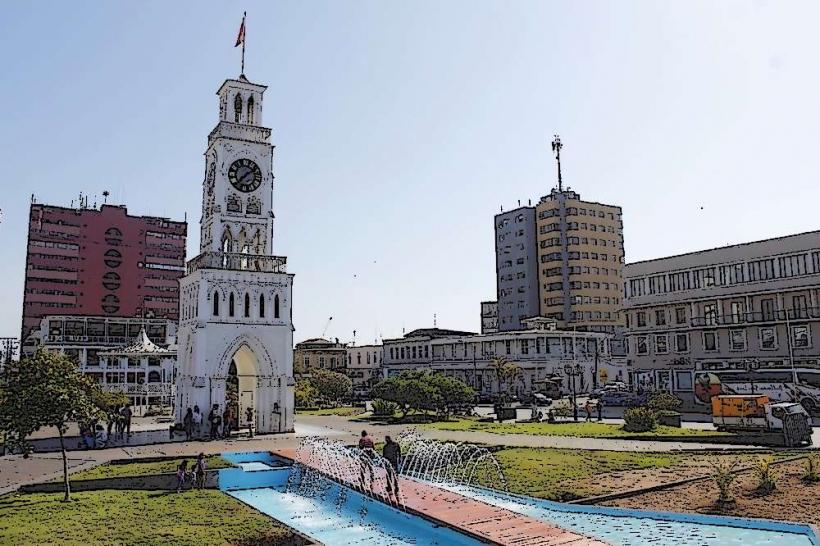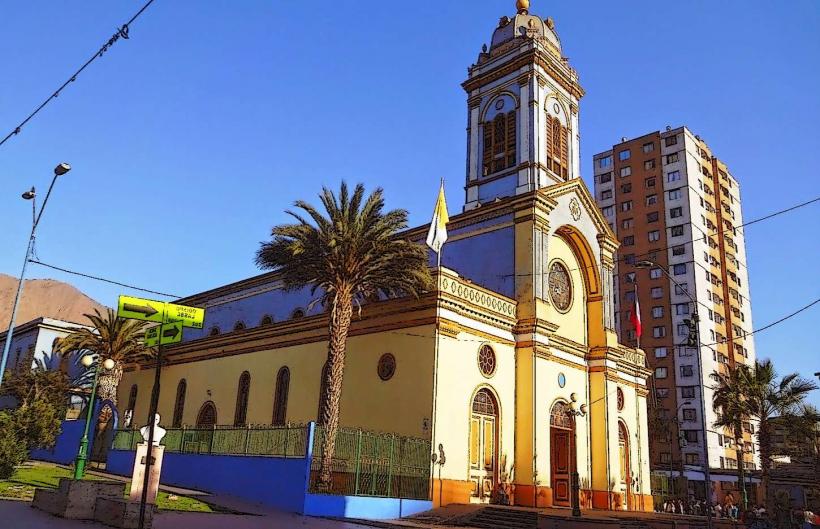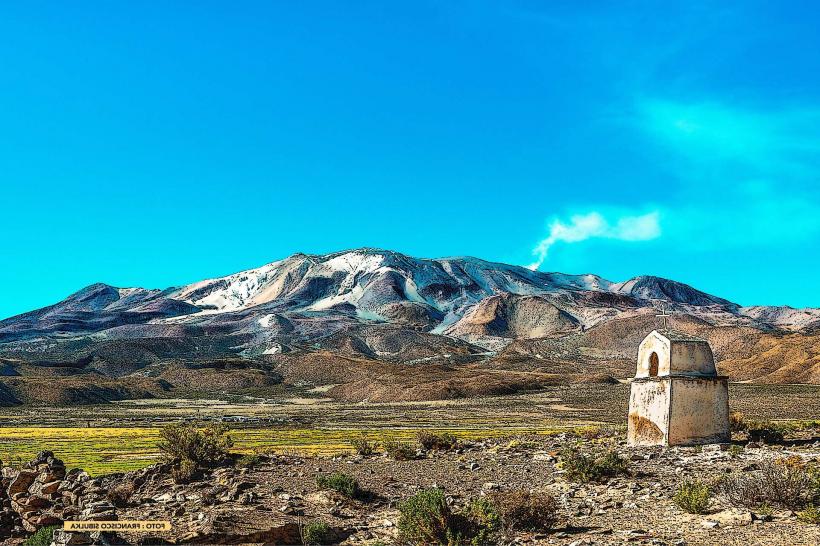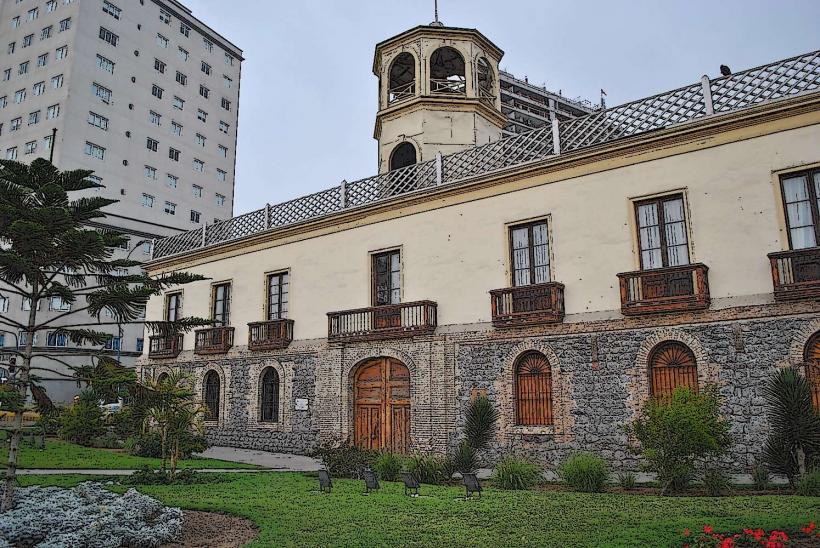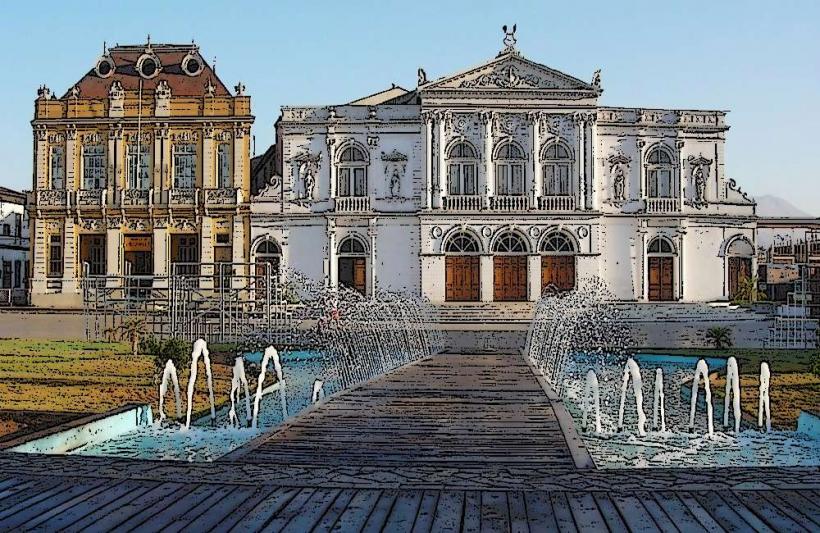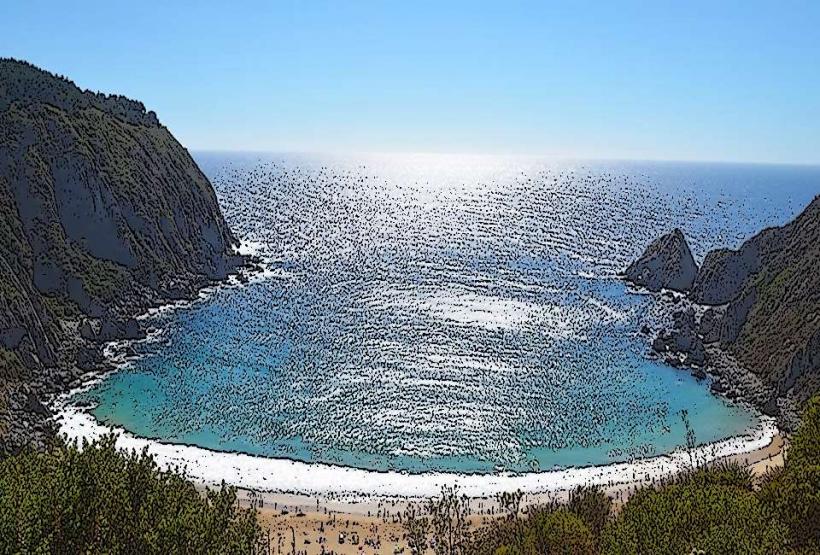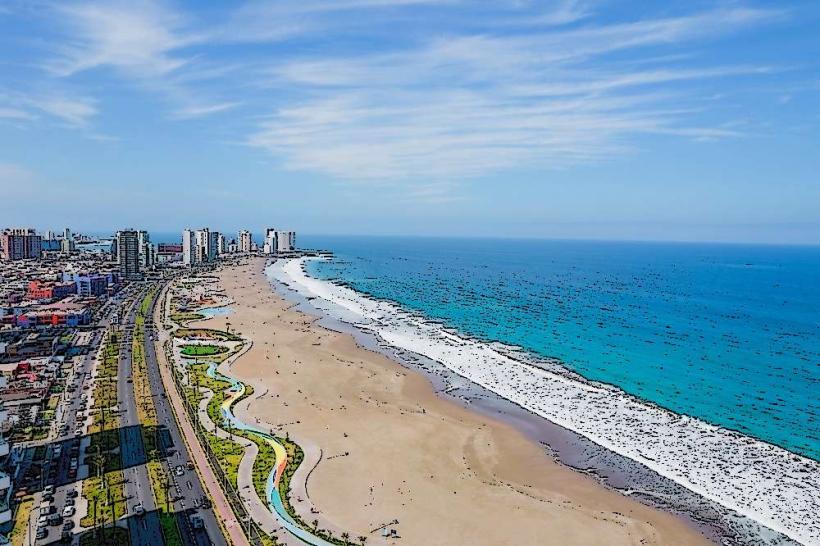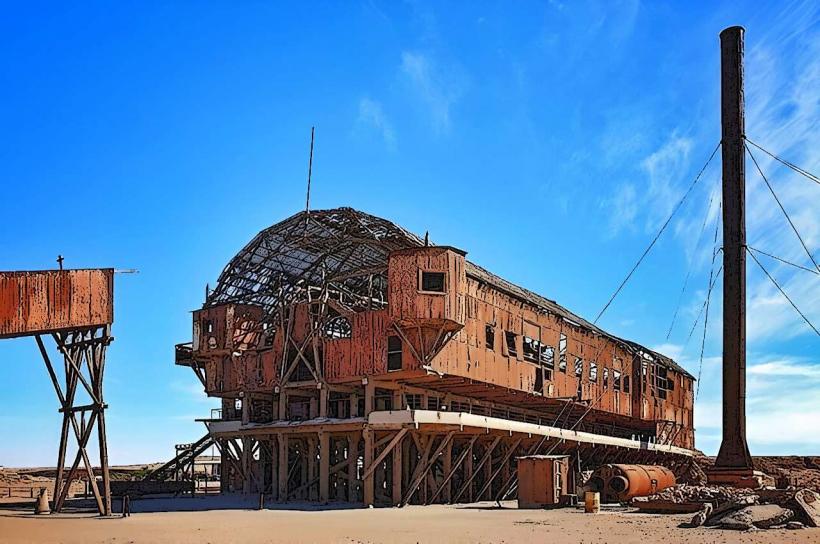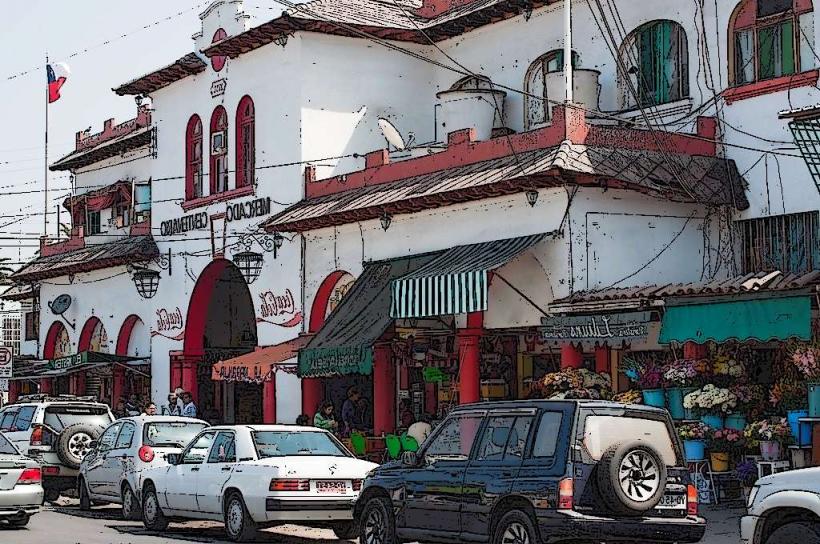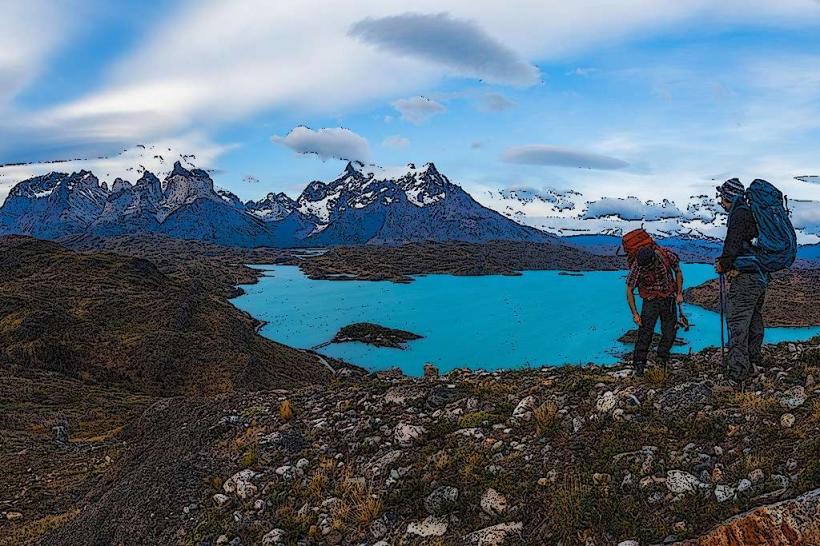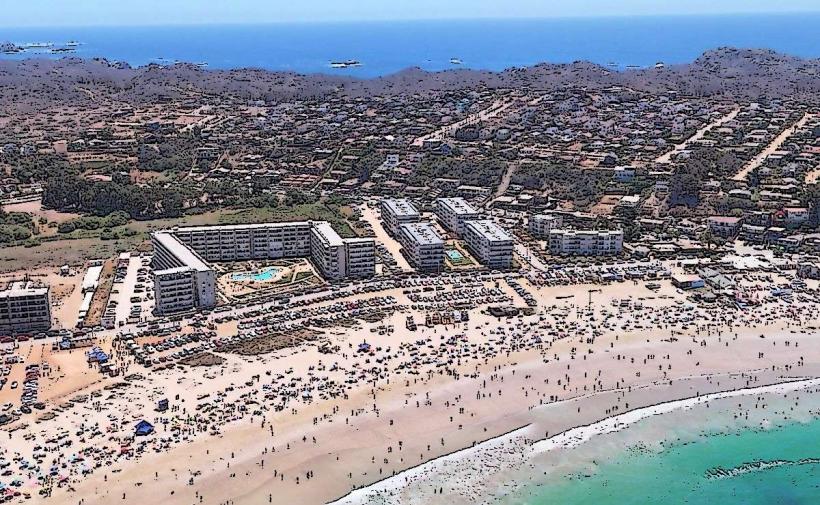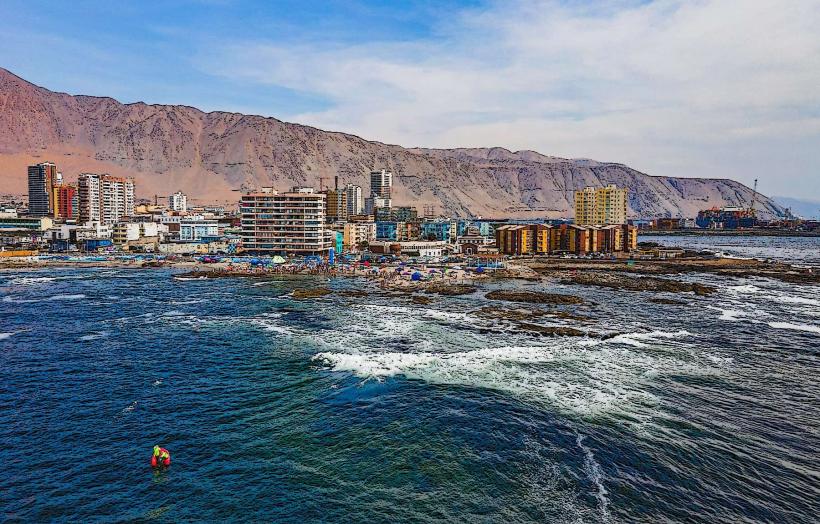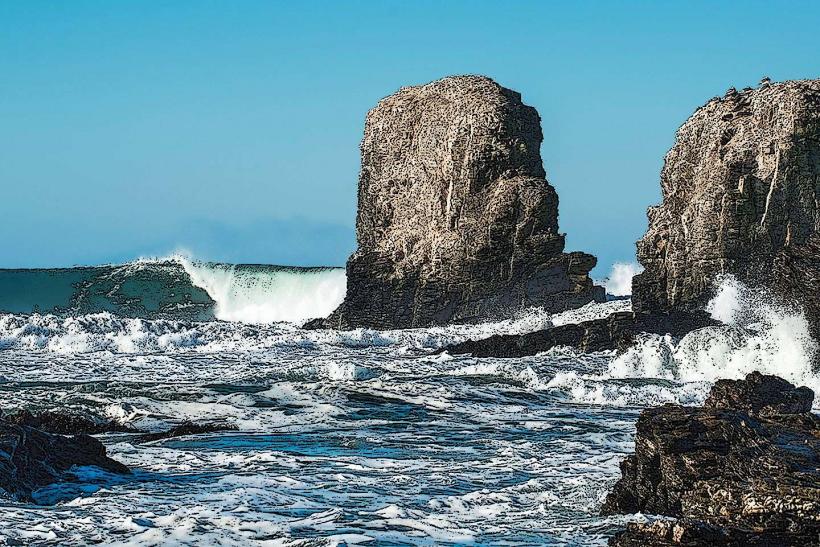Information
Landmark: Ex Oficina Salitrera HumberstoneCity: Iquique
Country: Chile
Continent: South America
Ex Oficina Salitrera Humberstone, Iquique, Chile, South America
Overview
Once a bustling hub of Chile’s saltpeter boom, the Ex Oficina Salitrera Humberstone now stands silent in the sun-baked Atacama Desert, just outside Iquique, along with once bustling with saltpeter miners and the sting of dust in the air, the town powered Chile’s economy through the late 1800s and early 1900s.When the saltpeter trade collapsed, Humberstone fell silent, its dusty streets left to the wind, alternatively today, it stands preserved as a UNESCO World Heritage Site.Truthfully, Today, the town feels like an open-air museum, drawing visitors into an eerie yet fascinating snapshot of the miners’ lives-rusted tools still lie where they were last set down, simultaneously humberstone’s weathered buildings, rust-streaked machinery, and silent streets make it one of Chile’s most distinctive and historically significant places.Where is it, and how do you get there, likewise the Atacama Desert in Chile’s Tarapacá Region lies about 48 km (30 miles) east of Iquique-roughly a 45‑minute drive along Ruta 16.You can hop on a bus or taxi from Iquique to Humberstone, or sign up for a guided tour and feel the dry wind whip across the classical saltpeter town, therefore founded in 1872 as Oficina La Palma, Humberstone later took its name from James Humberstone, a British engineer who helped drive Chile’s booming saltpeter trade.In the dry heat of the Atacama Desert, rich veins of sodium nitrate fed a global hunger for fertilizer and explosives, and by the early 1900s Chile led the world in production, subsequently thousands lived and worked in Humberstone’s busy streets until synthetic fertilizers, the Great Depression, and foreign competition began eroding the industry in the 1920s and ’30s.When the plant shut down for good in 1960, the town stood silent-its weathered buildings and rusted machinery left behind like a snapshot of another era, moreover in 2005, UNESCO recognized its history and named it a World Heritage Site, safeguarding this remarkable piece of Chile’s industrial past.Abandoned buildings line the dusty streets, and the ghost town’s stillness hangs heavy in the air, what’s more walking through Humberstone feels like stepping straight into another era.Many of the original buildings still stand: the Workers’ Houses-minute, identical homes where saltpeter miners once lived with their families; the Market-an open-air space where they bought bread, salt, and other daily needs; and the Theater, its stage now silent under the sun.– An heritage theater with wooden seats, still standing as a reminder of the town’s former cultural life, as a result the Church ⛪ – A modest, simple church that once served as a spot of worship for the workers.The School, alternatively – Desks, chalkboards, and children’s drawings still remain in this abandoned schoolhouse.2.The Industrial Zone & Machinery ⚙️The heart of Humberstone was its industrial complex, where saltpeter was extracted and processed, along with an classical theater with creaky wooden seats still stands, a quiet echo of the town’s vibrant cultural days; nearby, a plain little church once welcomed weary workers, and the school-well, that’s another story.Desks, chalkboards, and faded children’s drawings still cling to the quiet rooms of the abandoned schoolhouse, besides in the heart of Humberstone, the industrial complex once roared with the grind and hiss of machinery as workers extracted and processed saltpeter.✅ Winter (June–August) – Cooler temperatures, but the desert nights can be very nippy.⛔ Summer (December–February) – Extremely sizzling temperatures, often exceeding 35°C (95°F), then visitors can wander past rusting locomotives and weathered railway tracks that once hauled saltpeter to the coast, step inside the towering shells of processing plants and furnaces where the nitrate was refined, and study the worn machinery and hand tools miners used a century ago.At the Humberstone Museum, displays of faded photographs, brittle documents, and workers’ belongings-like threadbare jackets, dented lunch pails, and rough-hewn furniture-offer a vivid glimpse into the town’s history, economy, and daily rhythms, therefore the main plaza, once filled with chatter and the shuffle of boots, served as the heart of social life.Today it sits in silence, ringed by crumbling colonial-style buildings, and the historic swimming pool-crafted from a rusted train car-remains one of the strangest echoes of the town’s past, after that for the best experience, go in spring or autumn, when the air is mild and perfect for wandering the desert’s wide, sunlit paths.✔️ Bring water – The Atacama Desert is dry and scorching, so hydration is pivotal.✔️ Take a camera – The abandoned town, rusting machines, and desert backdrop create stunning photo opportunities, not only that ✔️ Visit early in the morning – To avoid the midday heat and enjoy the site with fewer crowds.Not surprisingly, ✔️ Join a guided tour – Many tours from Iquique provide expert guides who explain the history and significance of the town, while winter (June–August) brings cooler days, but once the sun slips away, the desert chill can cut right through you.⛔ Summer runs from December to February, bringing searing heat that can push past 35°C (95°F) - the kind that makes the pavement shimmer.
Author: Tourist Landmarks
Date: 2025-09-13


